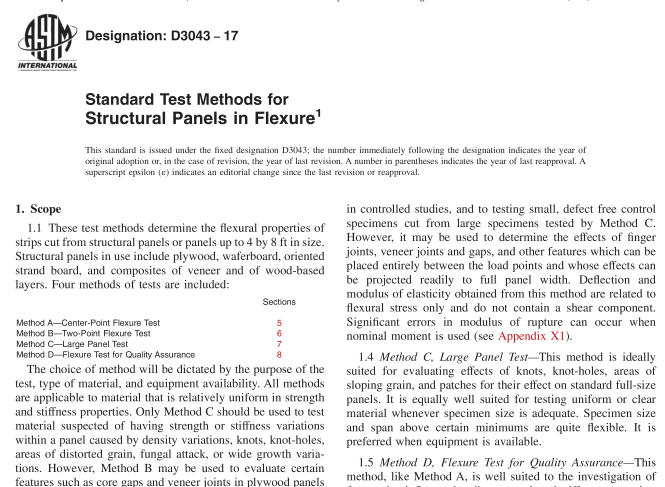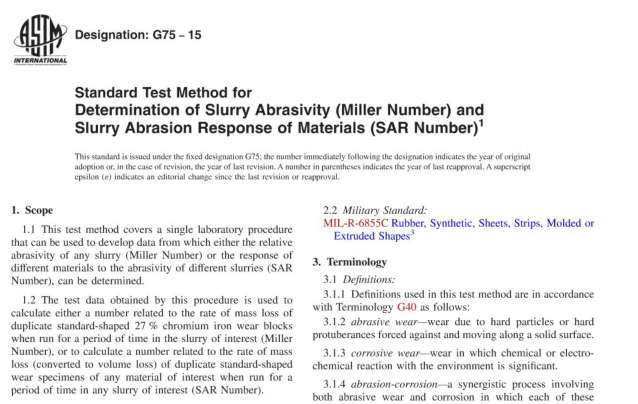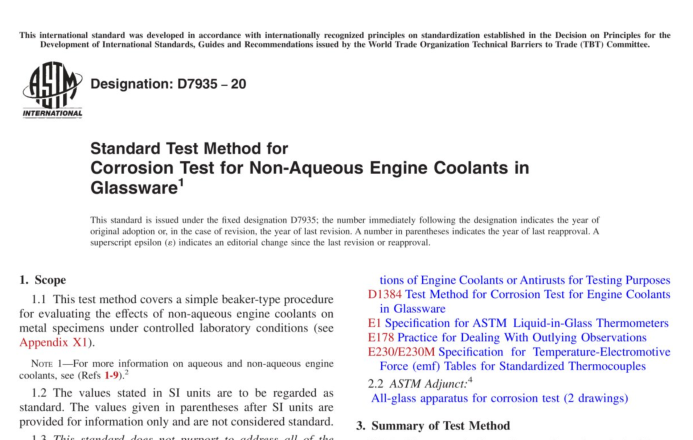The choice of method will be dictated by the purpose of the test, type of material, and equipment availability. All methods are applicable to material that is relatively uniform in strength and stiffness properties. Only Method C should be used to test material suspected of having strength or stiffness variations within a panel caused by density variations, knots, knot-holes,areas of distorted grain, fungal attack, or wide growth varia-tions. However, Method B may be used to evaluate certain features such as core gaps and veneer joints in plywood panels where effects are readily projected to full panels. Method C generally is preferred where size of test material permits.Moments applied to fail specimens tested by MethodA, B or D in which large deflections occur can be considerably larger than nominal. An approximate correction can be made.


